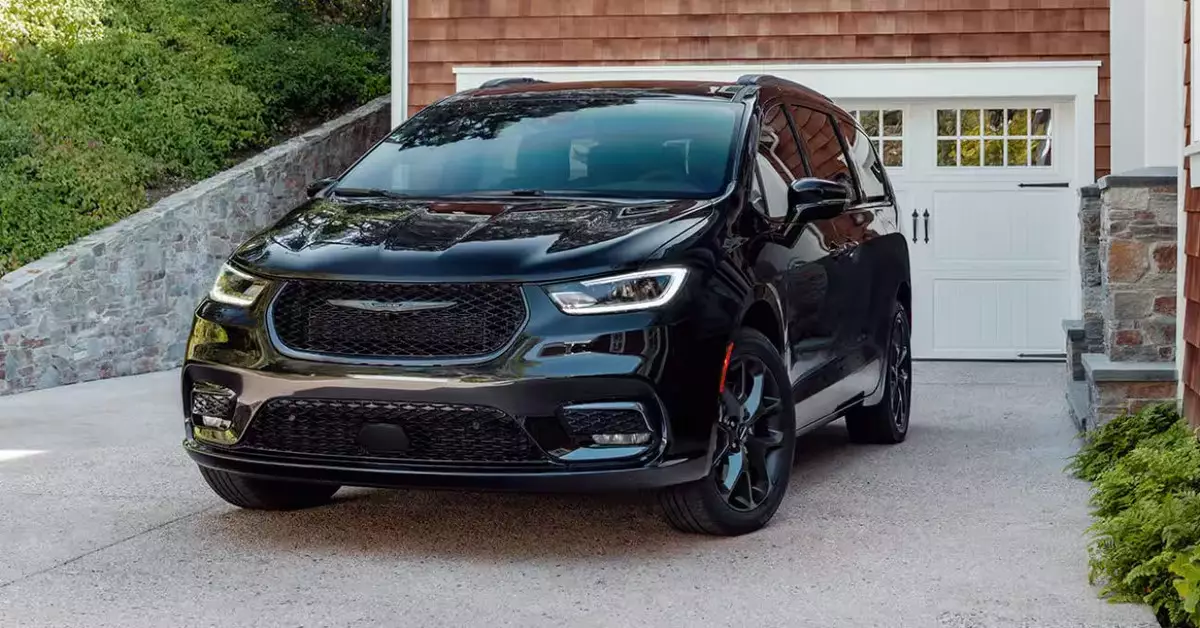In an era where electric vehicles (EVs) are increasingly dominating the automotive landscape, Chrysler is set to redefine its flagship family vehicle, the Pacifica minivan, by developing a fully electric version. This announcement, highlighted by Green Car Reports, underscores Chrysler’s commitment to sustainability and innovation as it prepares to venture into the electrification of its lineup. While the automotive giant has already offered a plug-in hybrid variant within the Pacifica range, the move toward an all-electric model aligns with the broader industry trend of moving away from fossil fuels.
The timeline for the electric Pacifica indicates a methodical transition rather than a sudden departure from their current offerings. Chrysler has revealed that the EV version is likely to be launched a year after the refreshed design of the existing Pacifica, which will include aesthetic and functional enhancements inspired by the Halcyon concept showcased by Stellantis earlier in the year. This strategic approach allows Chrysler to maintain continuity in its product offering while gradually introducing consumers to electric technology.
Importantly, the existing Pacifica line features not just gasoline models, but also a plug-in hybrid that offers a modest 32-mile electric-only driving range. While details remain tentative, Chrysler CEO Christine Feuell’s confirmation of the upcoming EV suggests a clear vision for the future. However, one question looms: will the plug-in hybrid remain available alongside its electric counterpart? This uncertainty underlines the challenges and decisions facing automakers as they navigate the shift to full electrification.
Innovative Design Considerations
To successfully integrate an electric powertrain into the Pacifica, Chrysler is reportedly considering significant modifications to its innovative “Stow ‘N Go” seating system. This feature, a hallmark of the Pacifica, enables owners to create a flat loading floor by folding the rear seats into the vehicle’s floor. Achieving this goal with a BEV system requires careful planning. Suggestions from within Chrysler include innovative solutions such as repositioning the second-row seats to be stored beneath the front seats or equipping them with rails to allow lateral movement.
These adaptations will facilitate the transition while retaining the practicality that families have come to expect from the Pacifica. Such foresight is crucial, as it will help integrate the benefits of electric mobility without sacrificing the spaciousness and utility that have consistently drawn consumers to minivans.
As Chrysler engages in the complex task of transitioning one of its flagship vehicles to an all-electric model, it exemplifies the challenges faced by traditional automakers in today’s electrifying market. With the potential to marry utility and sustainability, the electric Pacifica stands to redefine the family minivan, offering families a glimpse into the future of transportation—where technology, practicality, and eco-friendliness coexist seamlessly. As developments unfold in the coming years, it will be exciting to witness how Chrysler navigates these changes in a sector ripe for innovation.

